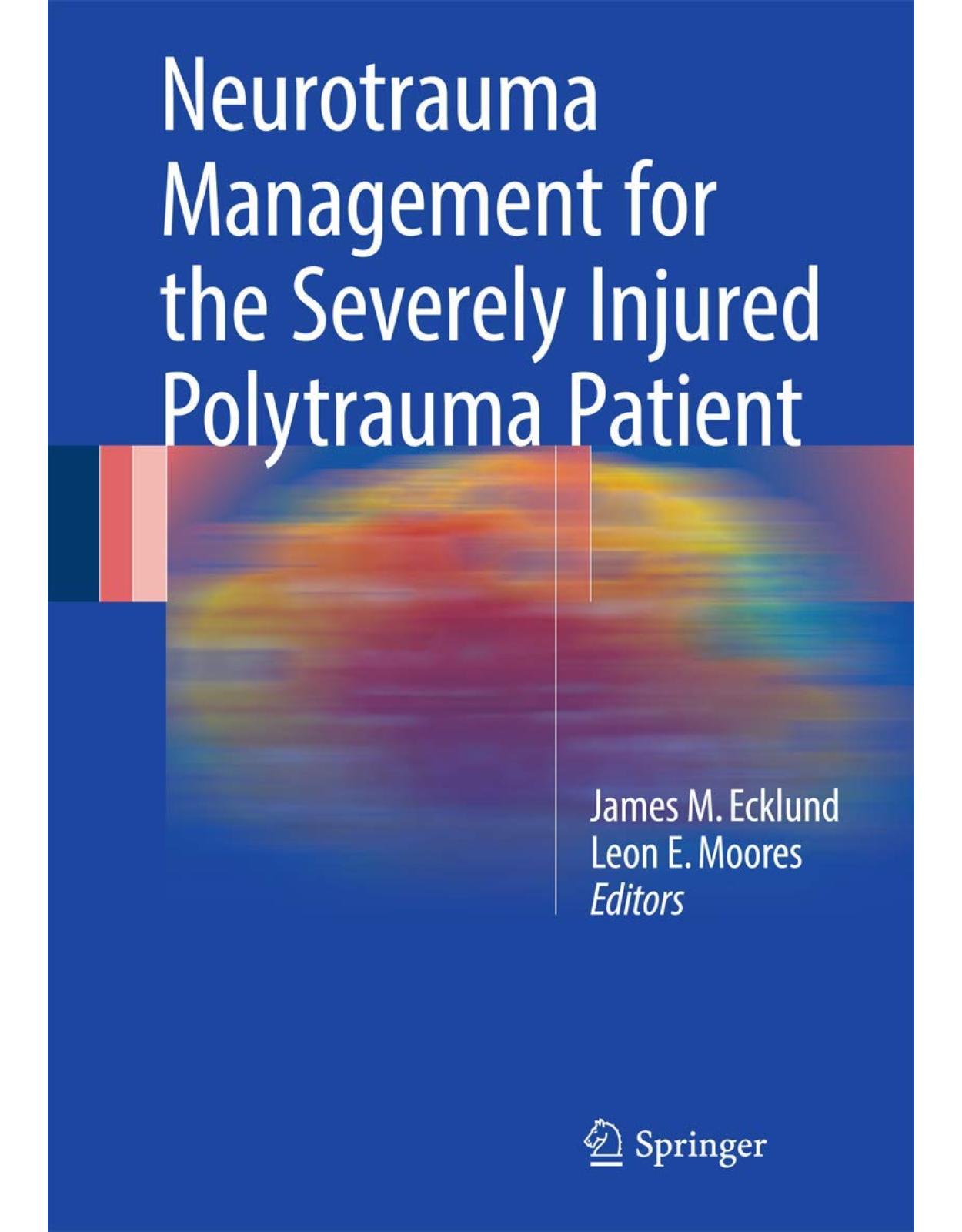
Neurotrauma Management for the Severely Injured Polytrauma Patient
Livrare gratis la comenzi peste 500 RON. Pentru celelalte comenzi livrarea este 20 RON.
Description:
This text addresses many of the questions which occur when medical professionals of various disciplines interact and have different plans and interventions, each with its own valid scientific and/or experience-based rationale: Questions involving tourniquet placement, ideal fluids and volumes for resuscitation, VTE prophylaxis and many other management considerations. Straightforward decisions in the patient with a single diagnosis often conflict when applied to the neurologically injured polytrauma patients. Neurotrauma Management for the Severely Injured Polytrauma Patient answers as many of these questions as possible based on the current literature, vast experience with severe neurotrauma in the current conflicts in Afghanistan and Iraq, and the experience of trauma experts across the globe as well as proposes areas for future study where answers are currently less clear.
Table of Contents:
General Principles and Trauma System Management
1 The Difficult Conversation
References
2 Communication Between Teams and Multidisciplinary Rounds and Single Primary POC for Family Communi
Introduction
The Role for Teamwork
Who Should Lead the Multidisciplinary Team?
Communication with the Patient/Caregiver
Our Experience Building the Team
Conclusion
References
3 Mass Casualty Events and Your Hospital
Planning
Facility Considerations
Triage
Nonurgent Casualties
Urgent Casualties
Expectant Casualties
Patient Identification
Undertriage and Overtriage
Pitfalls
References
4 Rural and Austere Environments
Rural and Austere Environments
References
5 Prehospital Care and EMS Considerations in the Polytrauma Patient with CNS Injuries
References
Arrival at Facility
6 AIS Versus ISS Versus GCS—What’s Going on Here?
Introduction
Glasgow Coma Scale (GCS)
Abbreviated Injury Score (AIS) and Injury Severity Score (ISS)
GCS, AIS, and ISS Combinatorial Predictive Value
Conclusions
References
7 Trauma Resuscitation and Fluid Considerations in the Polytrauma Patient with CNS Injury
Introduction
Fluid Balance
Crystalloids Versus Colloids
Hyperosmolar Therapy
Other Crystalloids
Blood Products
Other Considerations
Neurocritical Care Targets of Resuscitation
Future Directions
References
8 Initial Imaging Considerations, Repeat Imaging Frequency
Overview of Trauma Imaging
Imaging of the Brain
Indications for Imaging
Imaging Findings
Role of MRI
Follow Up Imaging
Outcome Prediction
Brain Death
Imaging of Blunt Cerebrovascular Injuries
Indications for Screening
Imaging of BCVI
Follow up Imaging
Intracranial BCVI
Imaging of the Spine
Indications for Imaging
Imaging Modalities
Injury Types
Spinal Stability
References
9 Evidence-Based Review of the Use of Steroids in Neurotrauma
References
10 Interventional Radiology in the Civilian Neurotrauma Setting
Anatomic Overview
Anatomic Structure of the Artery
Great Vessels of the Aortic Arch
Segments of the Carotid Artery
Segments of the Vertebral Artery
Imaging Modalities for Diagnosis
Ultrasound
CT Angiography
MRI/MR Angiography
Digital Subtraction Angiography (DSA)
The Signs and Symptoms—What to Look Out for
Treatments Options for Vessel Injury
The Conservative Approach—Maximizing Medical Therapy
The Surgical Approach—Proven Over Time
The Endovascular Approach—First-Line Alternative to Conservative Treatment
References
11 Vertebral Artery Injuries in Penetrating Neck and Cervical Spine Trauma
Anatomy of the VA (Fig. 11.1) [4, 17]
Zones of the Neck (Fig. 11.2)
Patterns of VA Injury
Associated Injuries
Principles of Management
Unstable Patients
Stable Patients
Intimal Injury/Dissection (Denver Grades I and II)
Occlusion (Denver Grade IV)
Pseudoaneurysm (Denver Grade III)
Arteriovenous Fistula (Denver Grade III or V)
Prognosis and Outcome
Penetrating Cervical Spine Injuries
References
12 Clearing the Cervical Spine in Blunt Trauma
Clinical Evaluation
Imaging
Screening CT Scan Is Positive
Screening CT Scan Is Negative
The Alert Patient
The Obtunded Patient
Pediatric Patients
Conclusion
References
13 Initial Evaluation and Management
Introduction
Overall Approach to the Unstable Patient
Primary Survey
Airway
Breathing
Circulation
Disability
Exposure—Environment
Monitoring
Assessment and Secondary Survey
Traumatic Brain Injury
Summary
References
14 Transport of the Neurotrauma Patient
Introduction
Mode of Prehospital Transport and Receiving Location
PreTransport Considerations
Stressors of Flight
Neurocritical Care During Transport
Neurocritical Care Standard Bundles
Complications and Management Considerations During Transport
Summary
References
The Operating Room/Damage Control
15 Multiple Surgical Teams in the O. R. at Once—Priority of Effort and Who Takes the Lead?
Introduction
Roles and Responsibilities in Initial Evaluation
Priorities in the Initial Resuscitation
Preoperative Priorities and Decision-Making
Response to Resuscitation
Priority of Procedure
Spine Immobilization
Positioning in the Operating Room
Intracranial Pressure Monitoring
Increased Intracranial Pressure During Laparotomy or Thoracotomy
References
16 Laparotomy for Refractory ICP
Conclusion
References
17 Associated Musculoskeletal Injuries
Introduction
Polytrauma
Notable Associated Orthopaedic Injuries
Compartment Syndromes
Damage-Control Orthopaedics
Timing of Spine Surgery
Conclusion
References
18 Neuro Anesthetic Considerations
References
19 Decompressive Craniectomy for Severe TBI
Introduction
Pathophysiology of Closed and Penetrating Head Injuries
Current Guidelines
Outcomes
Military Penetrating TBI
Civilian Penetrating TBI
Closed TBI
General Background
Setup and Positioning
Unilateral Hemispheric Craniectomy
Bifrontal Craniectomy
Complications
Frontal Sinus Injury Repair
Illustrative Cases
Conclusion
References
ICU Care
20 Hemodynamic Considerations in the Polytrauma Patient with Traumatic Brain Injury (TBI)
Epidemiology and Normal Physiology
Cerebral Blood Flow
Resuscitation with Crystalloids or Colloids
Vasopressors
Packed Red Blood Cell (pRBC) Transfusion
Intracranial Pressure
Brain Tissue Oxygen and Microdialysis
References
21 Coagulopathy in Traumatic Brain Injury
Coagulopathy in Traumatic Brain Injury
References
22 Venous Thromboembolism Prophylaxis
Overview
Traumatic Brain Injury
Choice of Anticoagulant and Dose
Timing of Initiation
National Guidelines
Spinal Cord Injury
Choice of Anticoagulant and Dose
National Guidelines
Prophylactic Vena Cava Filters
National Guidelines
Future Directions
References
23 Mechanical Ventilation in Traumatic Brain Injury
Introduction
Epidemiology
Indications for Mechanical Ventilation
Intracranial Physiology and the Effects of Mechanical Ventilation
Mechanical Ventilation Strategies
Selection of Optimal Rate and Tidal Volume
Optimization of Oxygenation—Positive End Expiratory Pressure (PEEP) and Fraction of Inspired Oxyge
Positive End Expiratory Pressure (PEEP)
Fraction of Inspired Oxygen (FiO2)
Rescue Modalities for Severe Hypoxemic Respiratory Failure
Airway Pressure Release Ventilation (APRV)
Prone Positioning
Nitric Oxide
Paralytics
Extracorporeal Membrane Oxygenation (ECMO)
Conclusion
References
24 Nutrition, Antibiotics, and Post-traumatic Seizure Prophylaxis
Nutrition in the Intensive Care Unit
Antibiotic Stewardship in the Intensive Care Unit
Prophylactic Antibiotics for Intracranial Pressure Monitors
Pharmacological Seizure Prophylaxis for Patients with Traumatic Brain Injury
References
25 Therapeutic Hypothermia for Traumatic Brain Injury and Spinal Cord Injury
Introduction
Background
Traumatic Brain Injury
Spinal Cord Injury
Managing Intracranial Hypertension
Conclusions
Disclaimer
References
Follow Up Care and Rehabilitation
26 Rehabilitation in the Setting of Neurotrauma
Introduction
Negative Effects of Immobility
Musculoskeletal System
Treatment
Contractures
Treatment
Spasticity
Treatment
Heterotopic Ossification (HO)
Treatment
Cardiovascular
Orthostatic Hypotension
Treatment
Deep Venous Thrombosis (DVT) and Pulmonary Embolism (PE)
Treatment
Pulmonary
Treatment
Gastrointestinal
Treatment
Urinary System
Treatment
Integumentary System
Treatment
Psychiatric
Treatment
Pain
Treatment
Interdisciplinary Rehabilitation Team Members
Rehabilitation Principles for Special Categories of Patients
Traumatic Brain Injury
Common Sequelae and Treatment
Spinal Cord Injury (SCI)
Common Sequelae and Treatment
Peripheral Nerve Injuries
Treatment
Conclusion
References
27 Craniofacial Reconstruction in the Polytrauma Patient
Introduction
Acute care
Care Coordination
Infection
Challenges of Military Craniofacial Trauma
Acute Fracture Care
Secondary Reconstruction
Syndrome of the Trephined
Treatment Methodology
Reconstructive Materials
Large-Scale Cranial Defect Reconstruction
Complex Craniofacial Reconstruction
Conclusions
References
28 Functional Restoration for Neurological Trauma: Current Therapies and Future Directions
Functional Restoration for Neurological Trauma: Current Therapies and Future Directions
Posttraumatic Epilepsy
Memory, Cognition and Consciousness
Depression
Spasticity
Pain
Robotics and Brain--Machine Interface
Conclusions
References
Special Considerations
29 Pediatric Neurotrauma
Epidemiology
Injury Classifications: Injury Type, Mechanism, and Severity Interactions
Pediatric Considerations in Acute Assessment and Management
History
Initial Resuscitation
Neurologic Assessment
Imaging
Spine Evaluation
Risks Associated with Sedation
General Algorithm for Tailored Acute Triage and Initial Management
Communication Among Team Members/Specialties and Families
Specific Injury Scenarios—Recognition, Acute Management, and Pitfalls
Brain Death in Children
Outcomes
Summary
References
30 Care of Patients with Burns and Traumatic Brain Injury
Introduction
Patterns of Injury
Primary Survey
Wound and Extremity Care
Effects of Thermal Injury on the Brain
Aeromedical Evacuation
References
Index
| An aparitie | 2017 |
| Autor | Ecklund |
| Dimensiuni | 18.59 x 2.44 x 26.47 cm |
| Editura | Springer |
| Format | Hardcover |
| ISBN | 9783319402062 |
| Limba | Engleza |
| Nr pag | 358 |

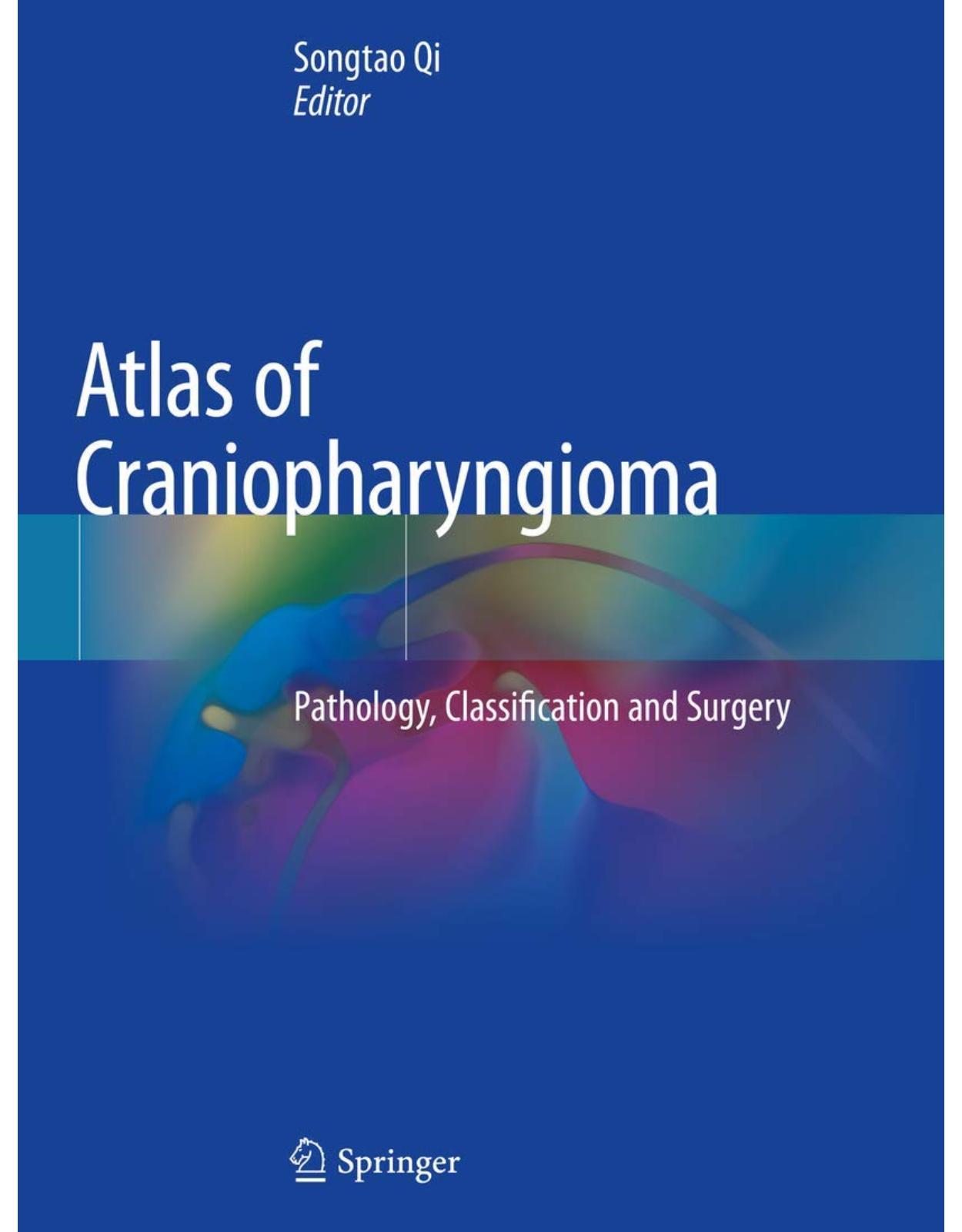
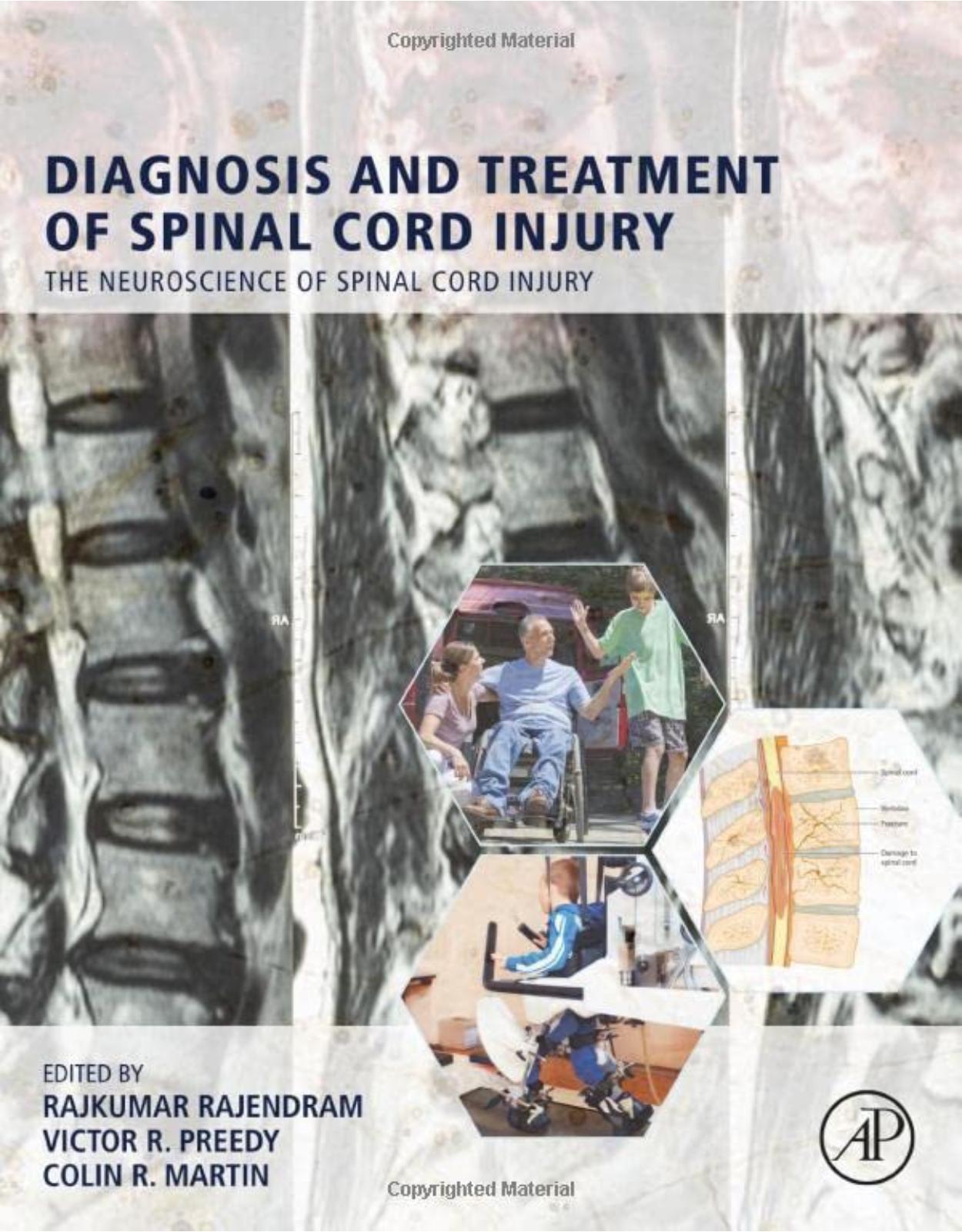
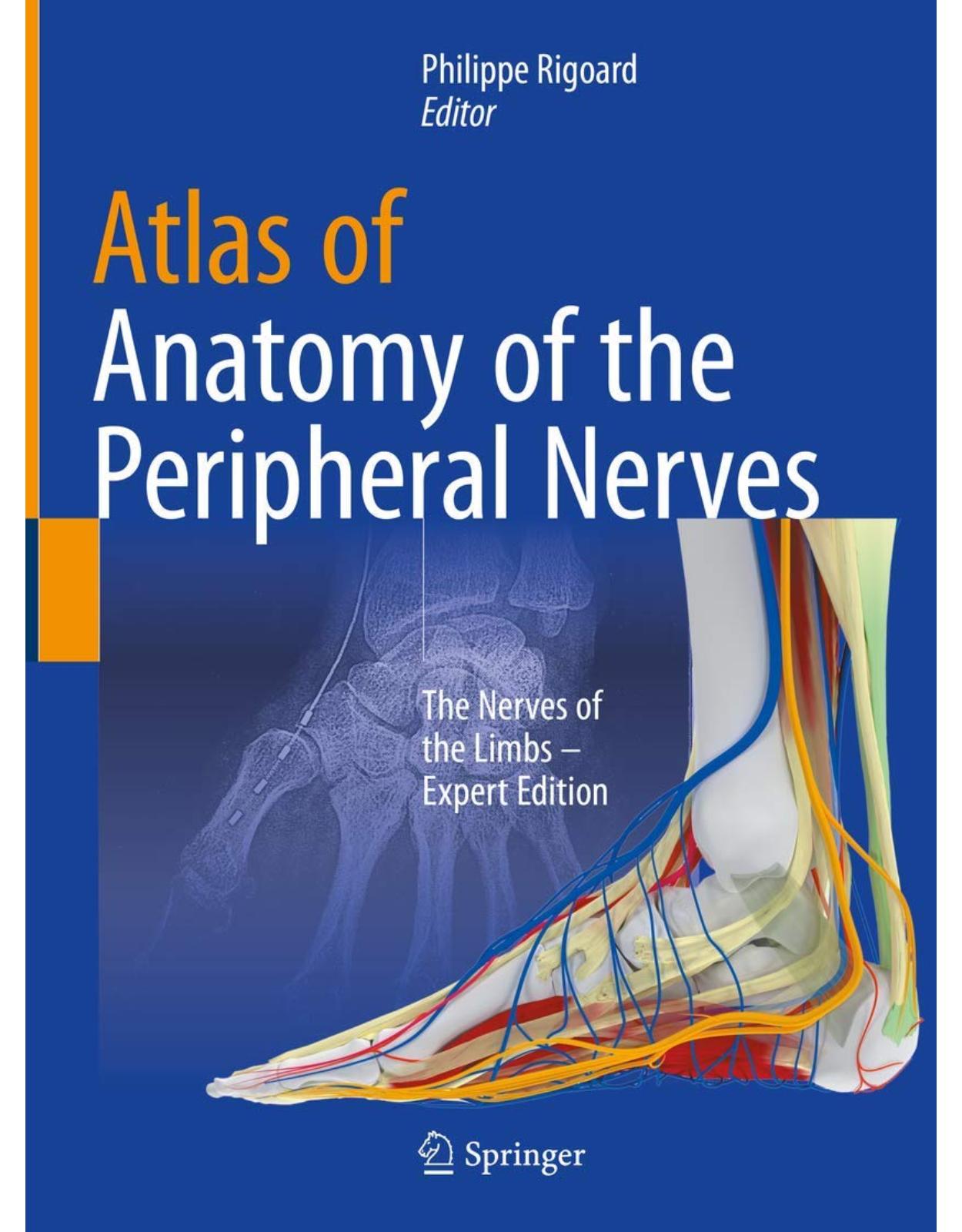
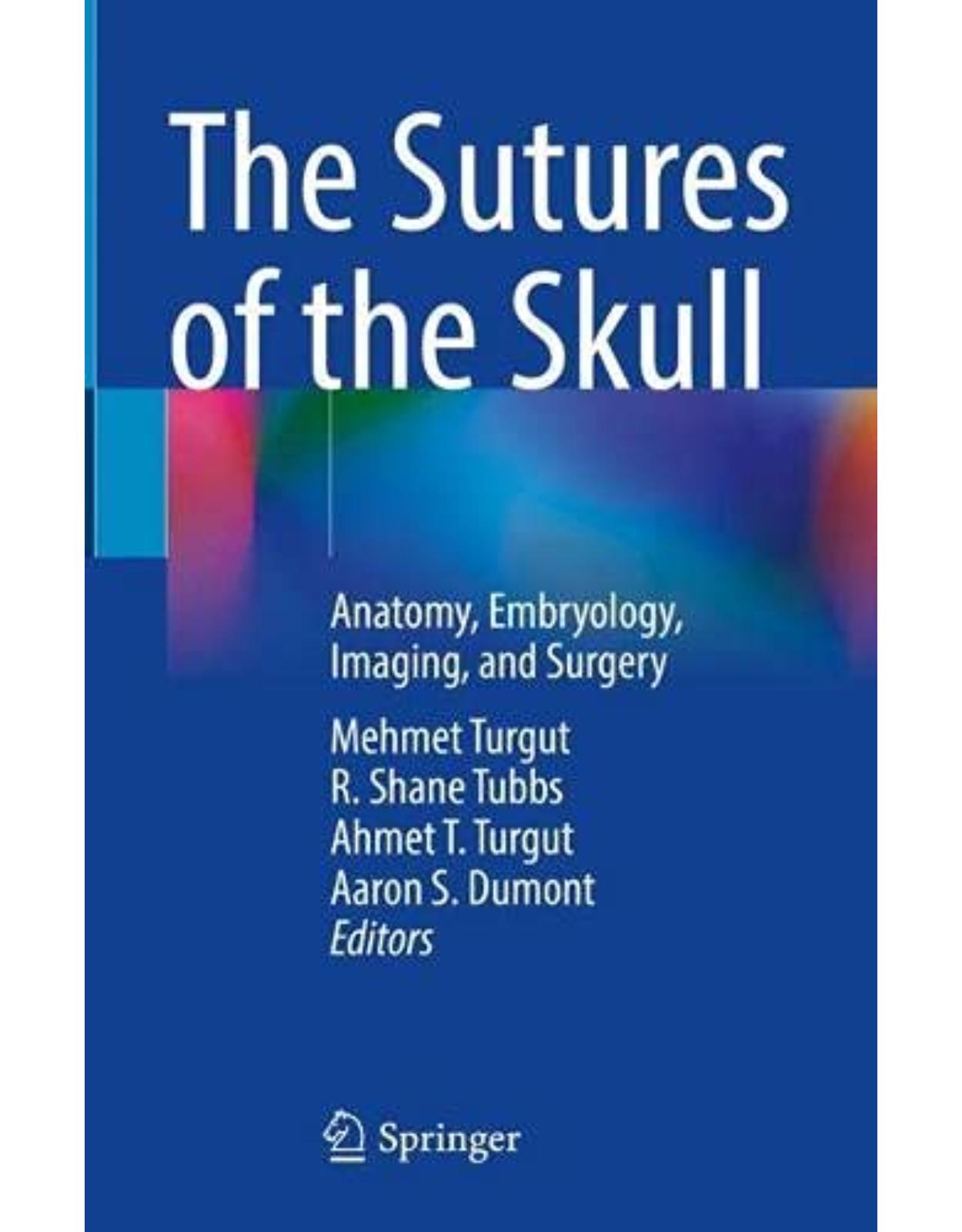
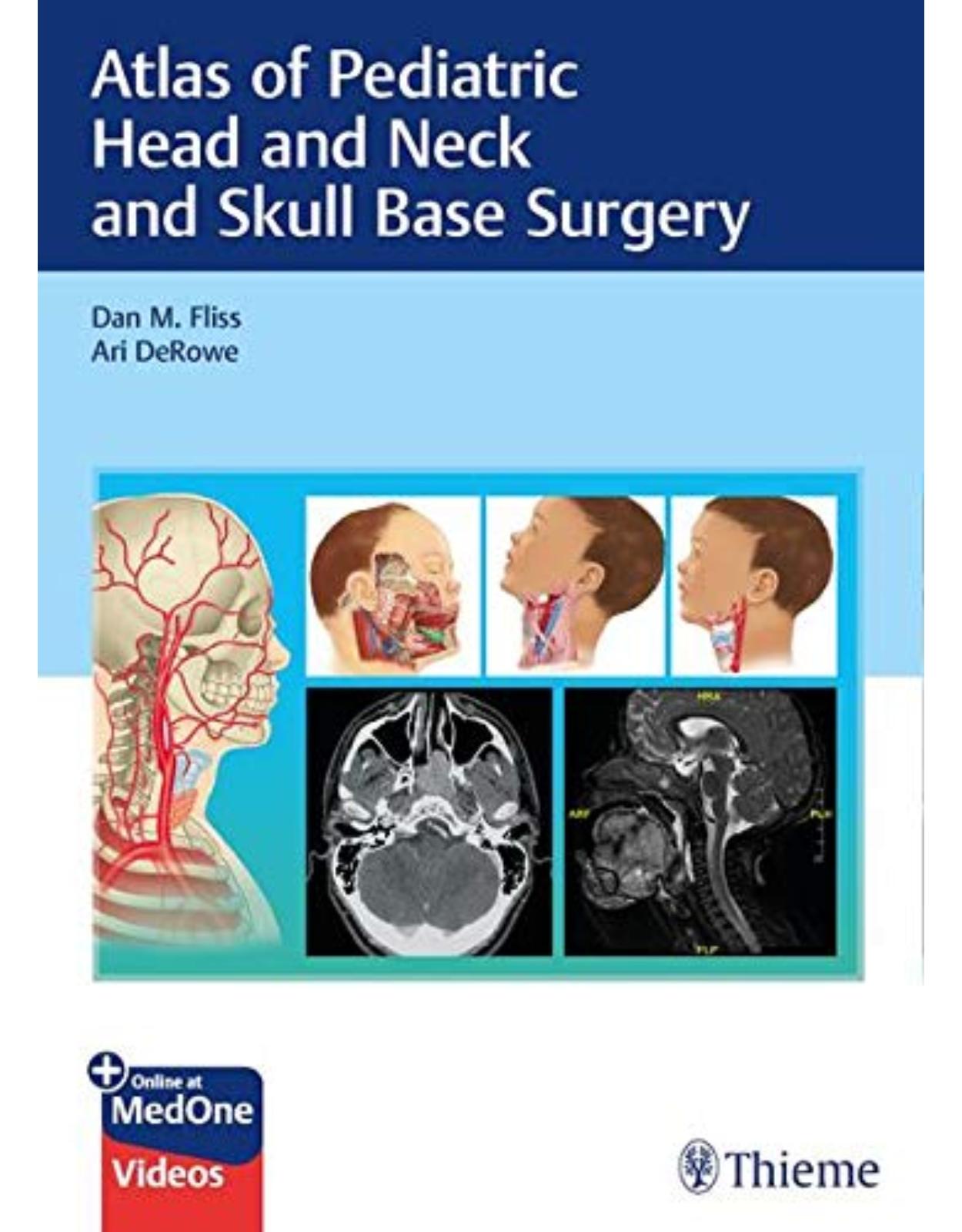
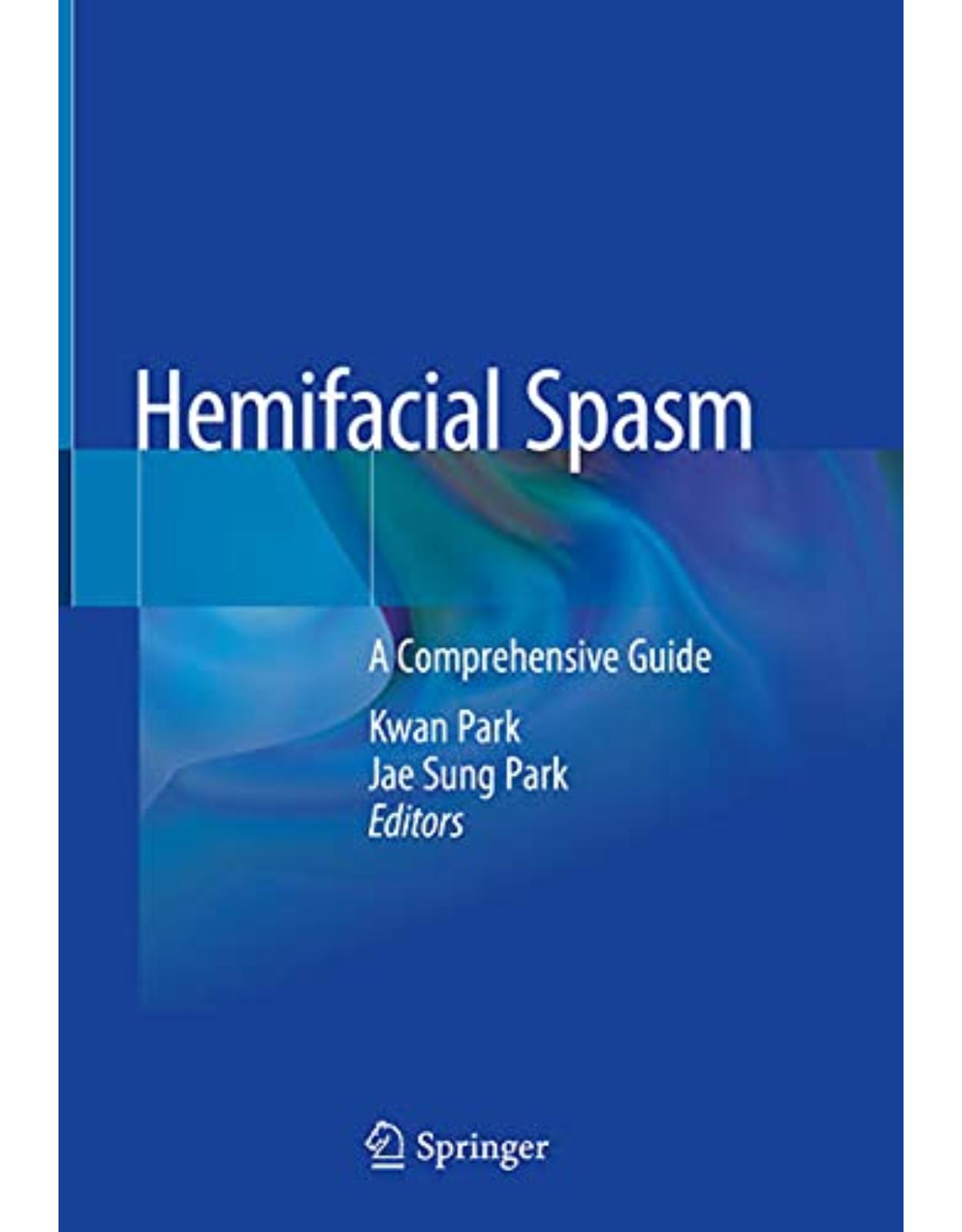
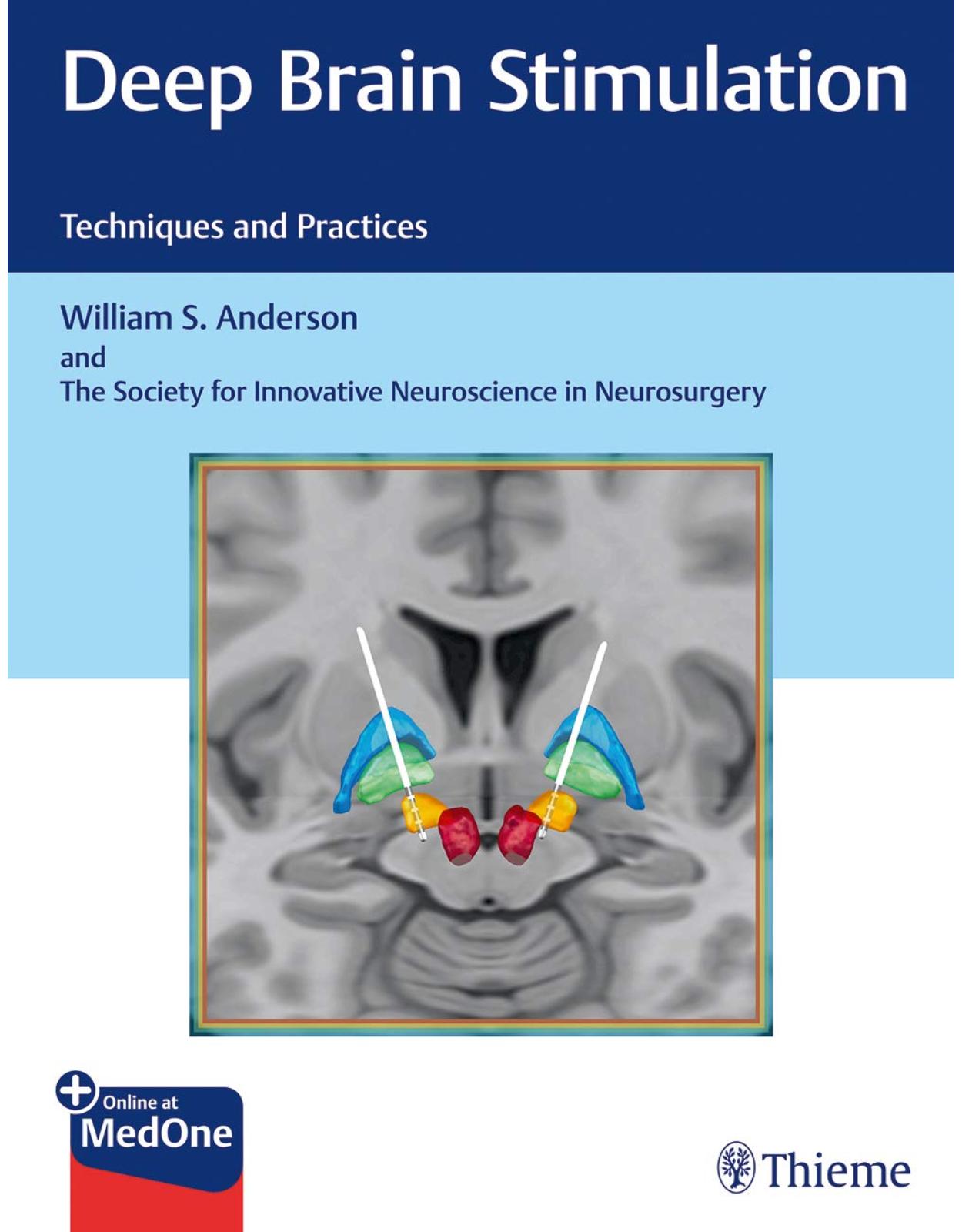
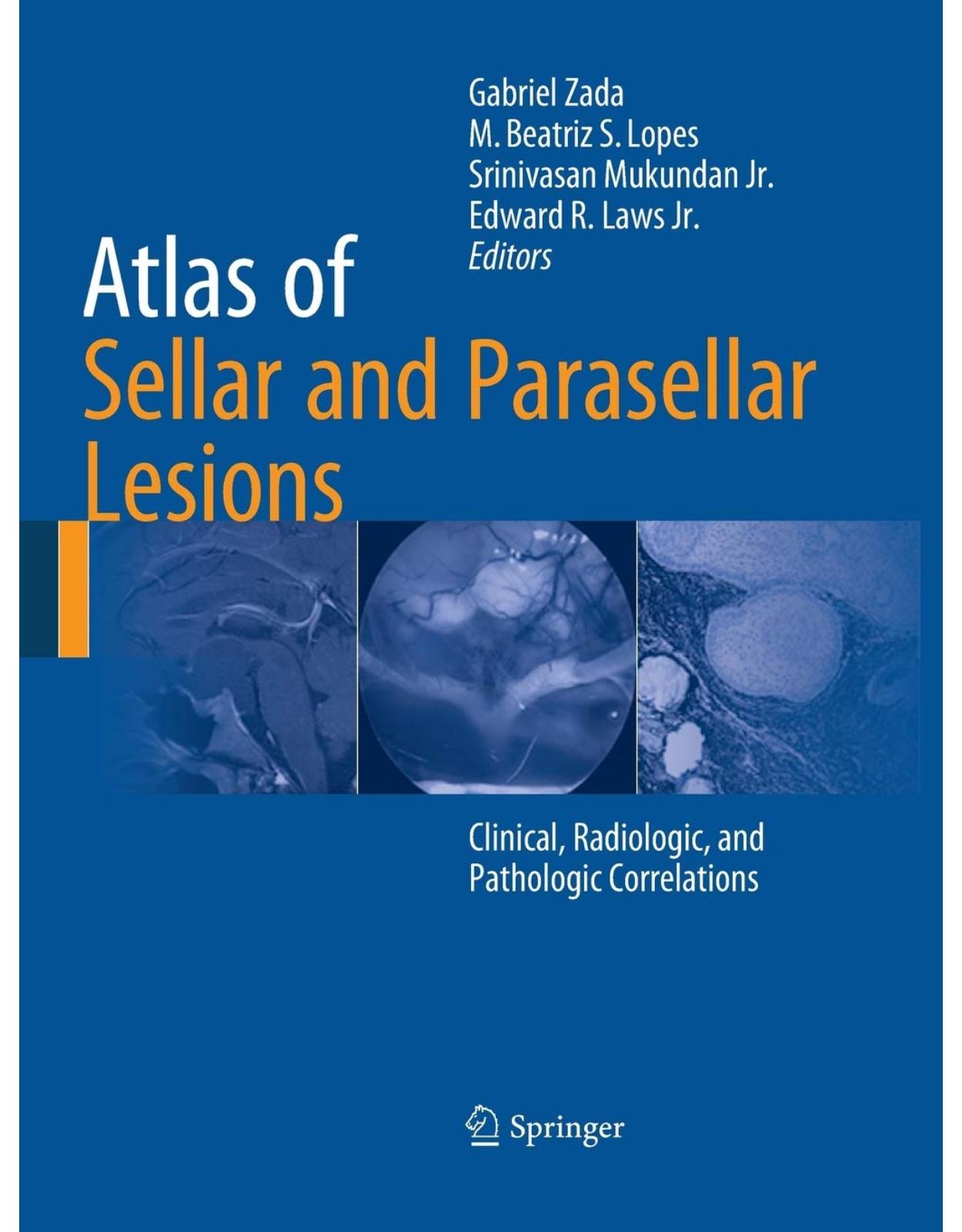
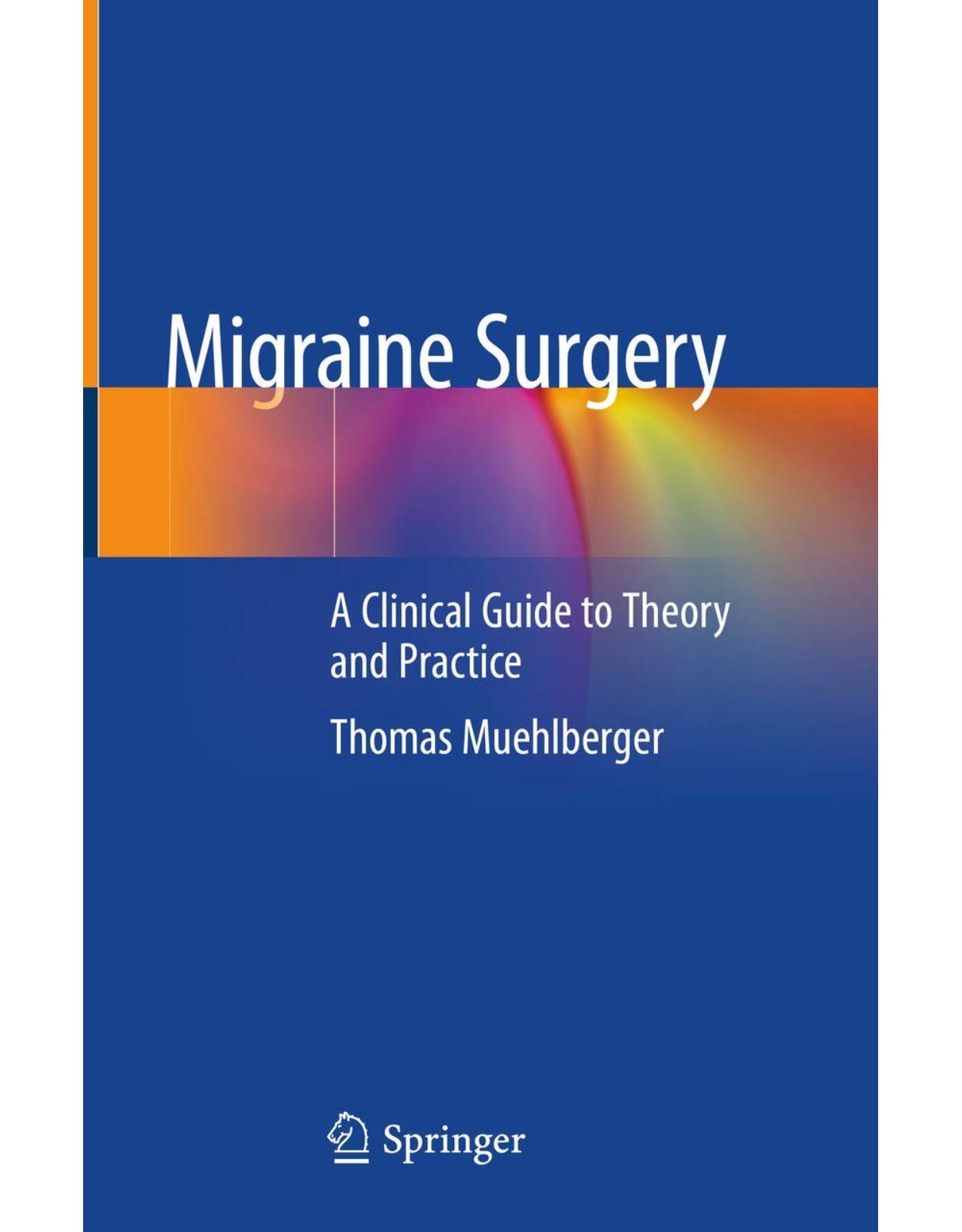
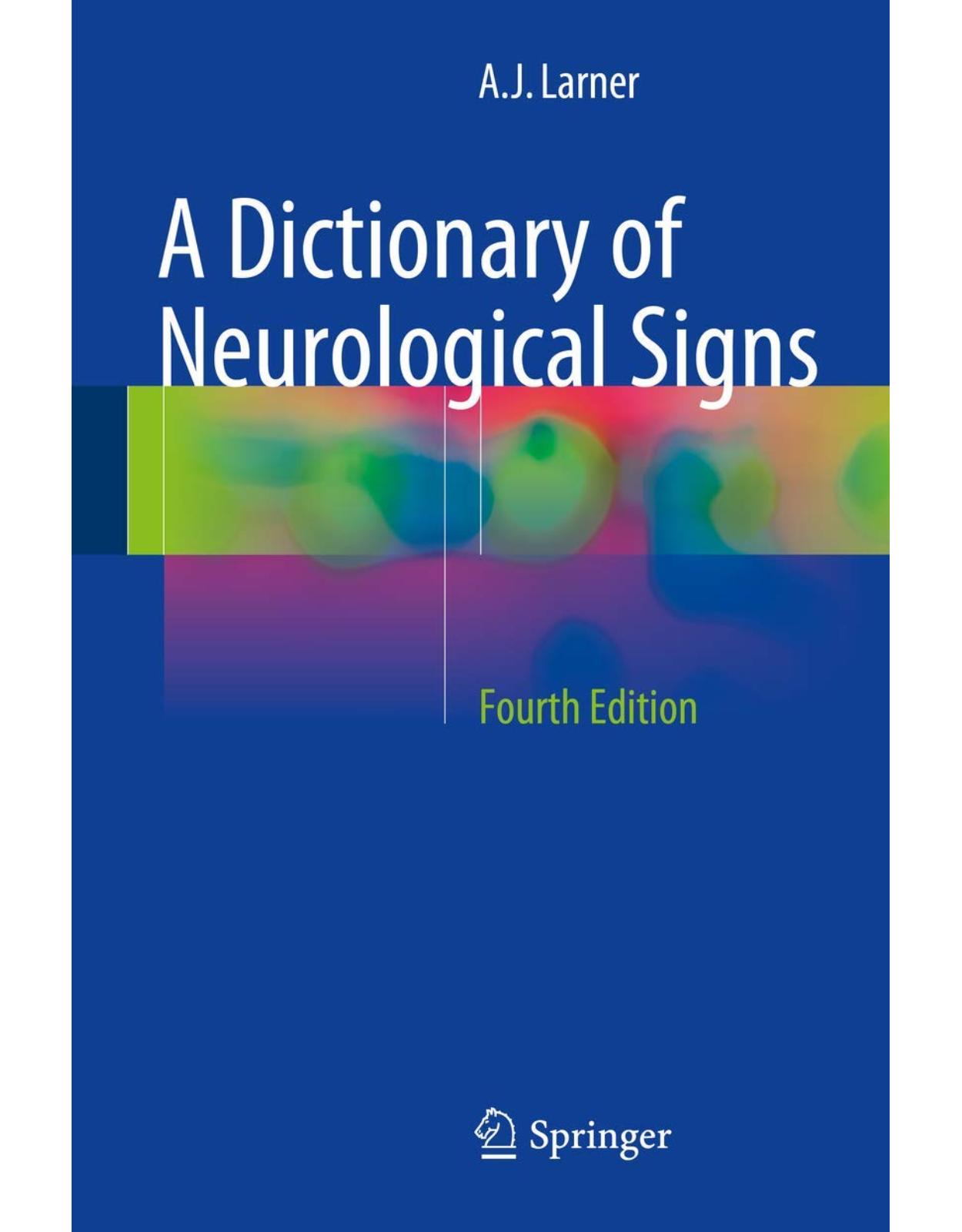
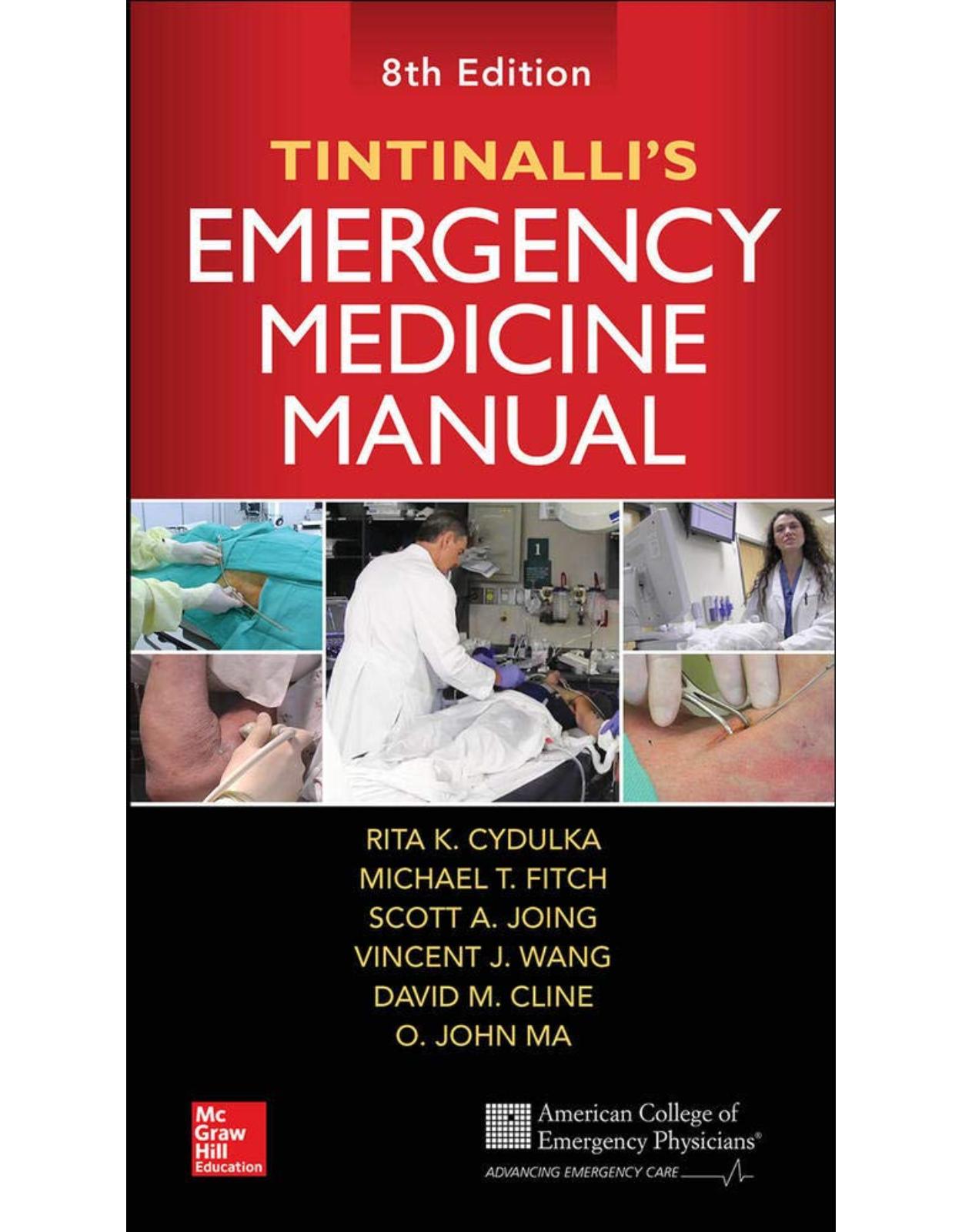
Clientii ebookshop.ro nu au adaugat inca opinii pentru acest produs. Fii primul care adauga o parere, folosind formularul de mai jos.